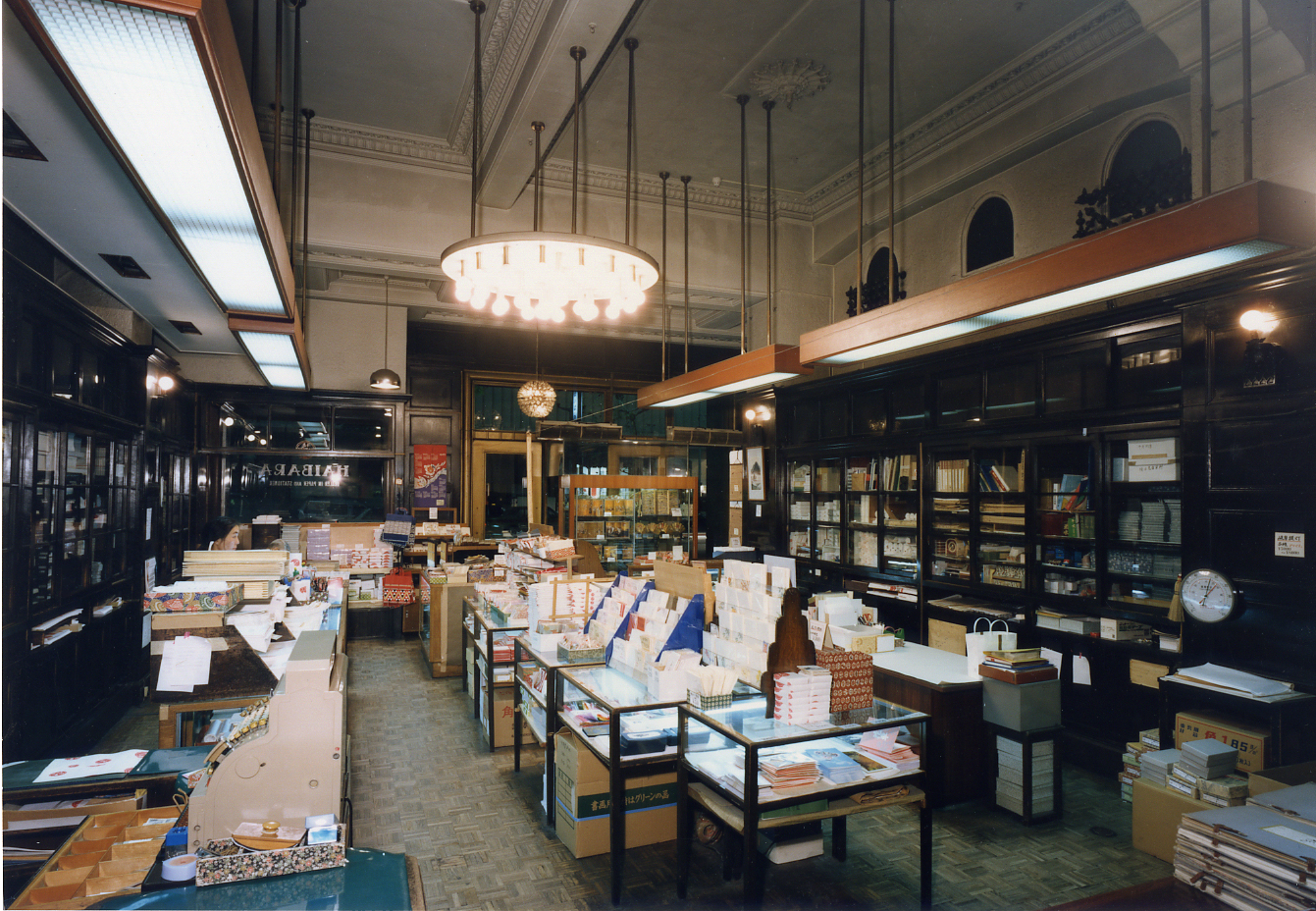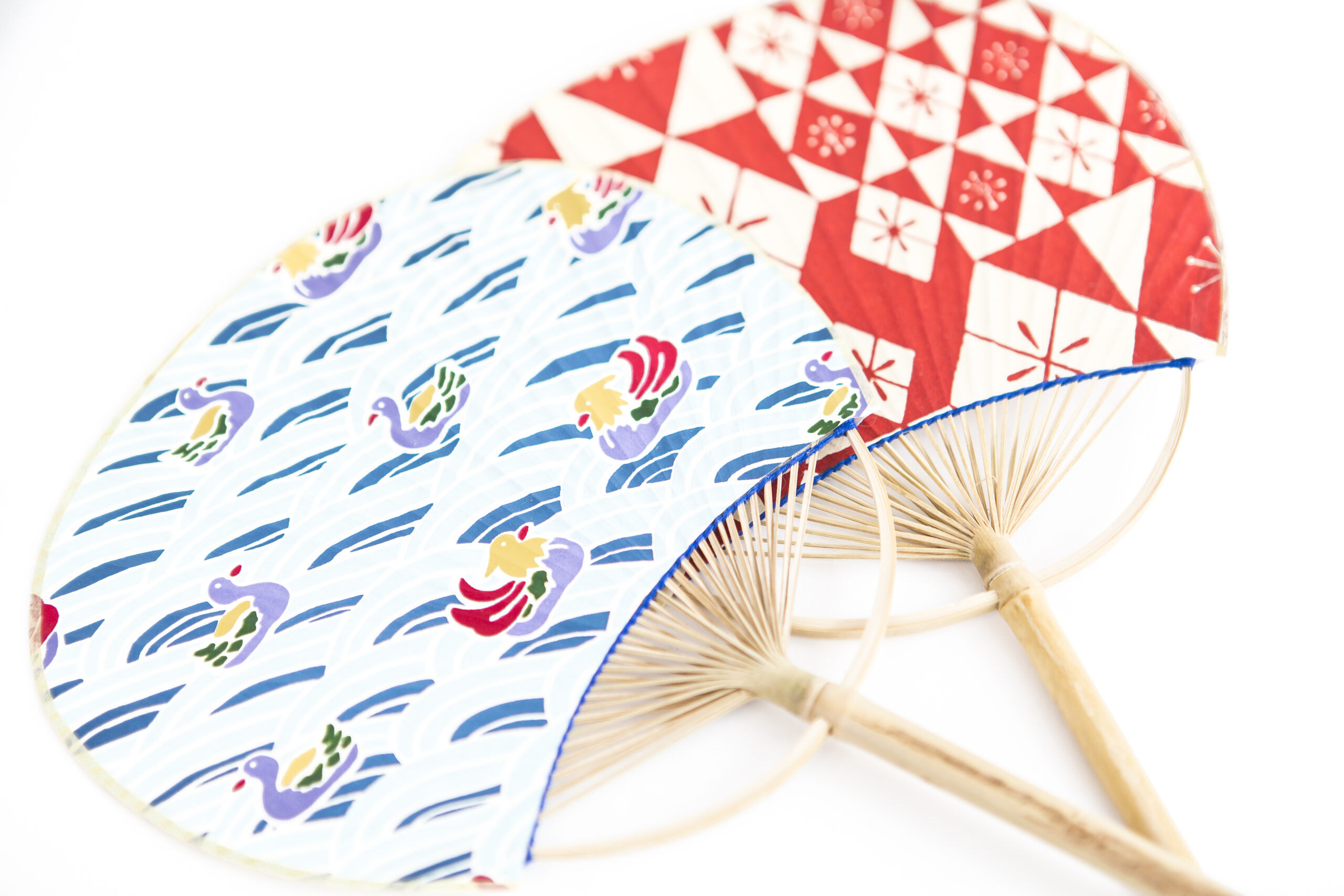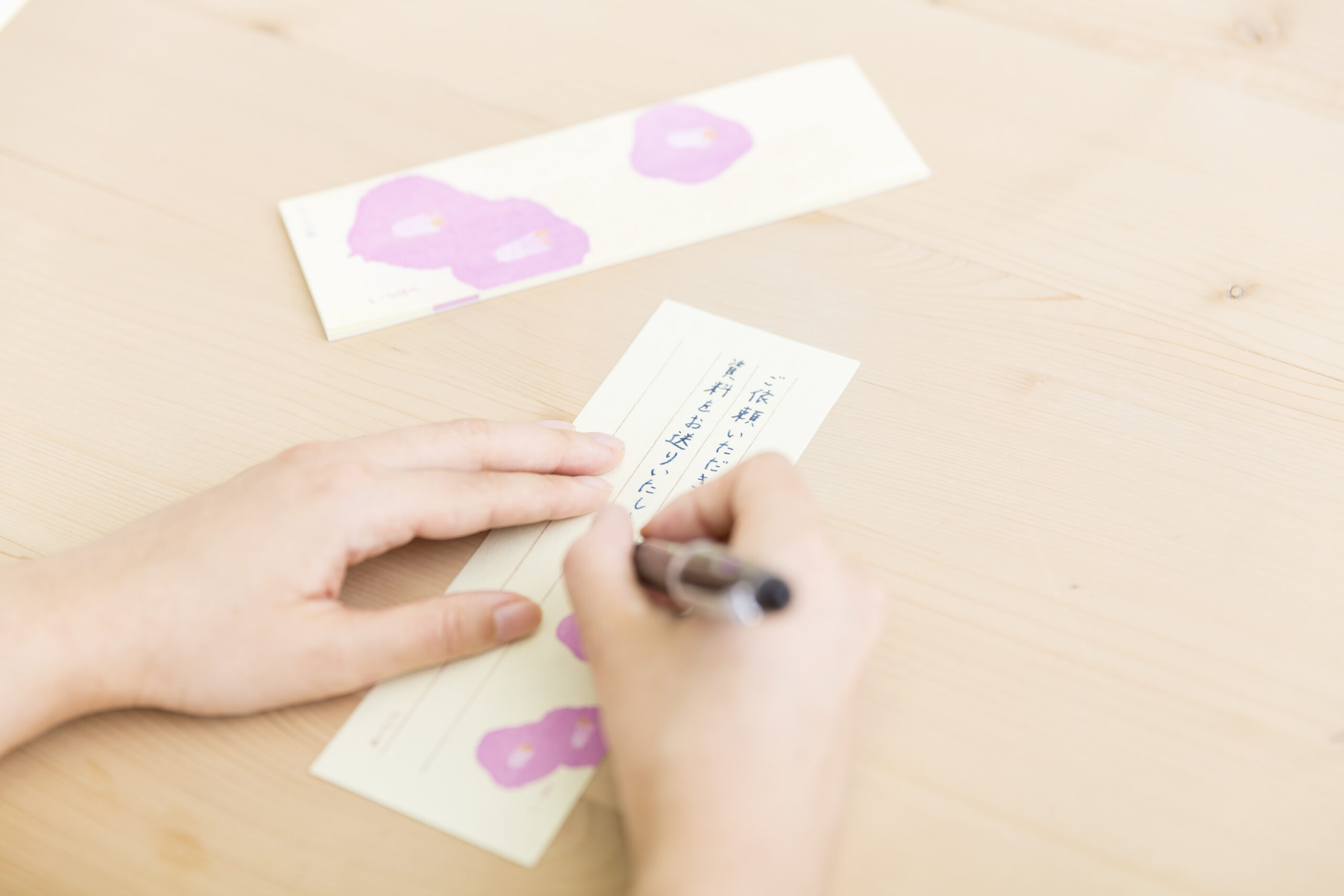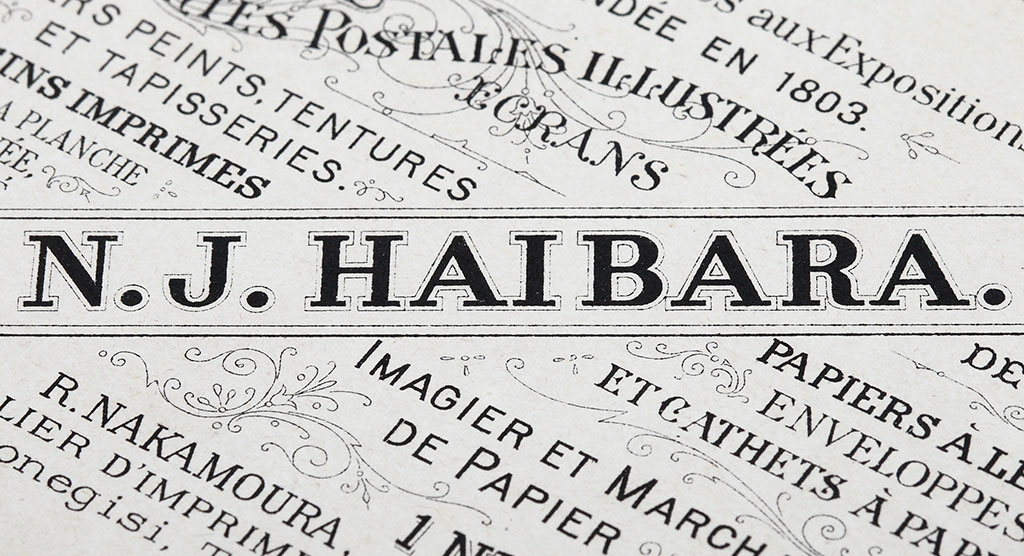Table of Contents
“A paper vendor can provide paper but does not know how to use it. If there are 100 customers, there are 100 ways to use paper. From the first day I stood in the store, I chatted to each and every customer who patronized us and learnt what kind of paper they wanted and how they utilized it.” These are the comments of Masahiro Hoshino, former manager of Haibara, who started working at the company at the age of 19. He had been at the vanguard of customer service as a head clerk for more than 60 years.
Hoshino began working at Haibara in 1958. At the time, Nihonbashi retained a postwar atmosphere.
The General Headquarters of the Supreme Commander of the Allied Forces (GHQ) seized most large buildings and used them as residences and hotels.
The wives of officers visited Haibara daily to purchase ornamental items for their American homes, including paper for fusuma (sliding doors) and room partitions. The British Ambassador and his wife also purchased numerous Japanese papers and brushes as souvenirs.
Temples, restaurants, antique dealers, tea and dance masters were among the Japanese clients. Hoshino went around selecting and delivering different sorts of washi according to the customers’ requirements. He delivered wallpaper for the rooms of the Crown Prince’s Palace ordered by the Ministry of the Imperial Household. He also made personalized letterheads for successive prime ministers, and brought Gasen paper and colored paper for writing calligraphy and poetry to their residences.
Freddie Mercury, the lead singer of the British and international rock band Queen, was one of Hoshino’s most enthralling customers. He came to see us with people from the Japanese entertainment industry to choose wallpaper to create a Japanese-style room in his English home.
Freddy wore sneakers, a white T-shirt, and jeans. Initially, Hoshino was uncertain as to how he should treat Freddy. However, after observing Freddy intently examine wallpaper samples, Hoshino recalls, “I could tell he had a deep understanding of Japanese paper and an appreciation for Japanese culture.”
Afterwards, Hoshino visited the VIP room of the hotel where Freddy was staying and showed him a sample book. Over tea and scones, they discussed the idea at length for some two hours.
Through these discussions, Freddy selected the traditional Japanese combination of washi paper and gold leaf, and purchased the wallpaper with gold foil stamped on a pale pink bird.
“Paper transcends national and racial boundaries to carry people’s hearts and enhance their lives. There will always be tasks that only paper can perform, regardless of the era in which we live. This is what I believe.” Says Hoshino.
As an honorary advisor to Haibara, Hoshino continues to welcome and serve his loyal customers.



Communication created by Haibara and washi paper
When we design washi, our aim is to add a refined and stylish touch to your important everyday lives.
Several suggestions about the ways to use washi paper from Hoshino,the former manager.
“Consider employing washi to express your preferences or the ideas you wish to convey.
You can, for instance, frame your favorite chiyogami and use it as a room decoration, or coordinate your uchiwa fan with your yukata (summer kimono). When delivering a modest gift or repaying a favor, we also recommend utilizing letter paper that reflects the recipient’s personality.”
“The soft texture and beautiful design of washi paper create a warm feeling. I also use washi letter paper to write thank-you notes to customers. I believe that just a few handwritten words can convey respect for the recipient as well as thoughtfulness.”
















 Instagram
Instagram facebook
facebook X(旧Twitter)
X(旧Twitter) Youtube
Youtube note
note







